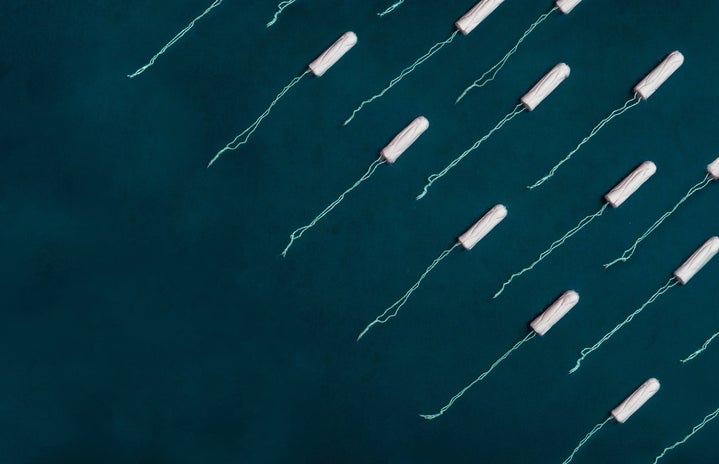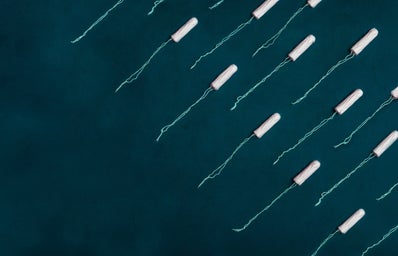Women’s healthcare has been neglected throughout the country for centuries. It’s as old as sexism itself. Because women are incorrectly presented as less important to society, a woman’s wellbeing is also demoted to less-than-ideal. This misogyny not only covers things like the exclusion of women in STEM and slut-shaming but healthcare inequality. The gap is even larger for LGBTQ+ women or women of color.
Most world healthcare systems orient themselves to serve men. More women die of heart attacks than men as doctors are not trained to notice the varied signs in women. Texas has the highest maternal mortality rate in the entire developed world. And though 800 million people menstruate daily, 35 states currently have a sales tax on tampons, categorizing them as “luxury items” under state law.
According to The Atlantic, people have been using tampons since ancient Egypy, crafting them from papyrus plants. By fifth-century Greece, tools made of lint wrapped around a small piece of wood were popular, Hippocrates II dictated, an influential figure in old western medicine. Romans then used wool in a similar fashion. Indonesian women used vegetable fibers while evidence suggests that rolls of grass were favored in parts of Africa. All were internal absorbent tools. All were uncommercial, created by the people with periods that wore them.
For many, the elusive invention of the tampon brings freedom—for school, mobile independence, social acceptance, and career opportunity. Without them and other menstrual care products, women stay captive to their bodies, unable to participate in a hegemonic patriarchal society.

But in the name of convenience, many put the lives of women in jeopardy. In 1975, P&G created a tampon made entirely from synthetic materials, named Rely. Shaped like a tea bag, Rely was marketed to be more convenient for the second wave feminism image of the modern “working woman,” able to last an entire period for some. But, of course, this wasn’t the most hygienic option. In fact, it was banned in Japan because of its extreme use of chemicals that created its intense absorbency.
Tampons were first registered as a “medical device” in 1976 as a way to regulate the product, as opposed to their original “cosmetic” label. And yet, because Rely had been tested before that, they escaped the new array of tests and restrictions that most medical devices require. Even more ironic, the year after, the FDA implemented that cosmetics display a list of their ingredients on each individual package. To this day, that is not required for tampons.
Despite the lack of regulation and safety, Rely tampons practically flew off the shelves. After just a few years, they had about 25 percent of the market. To keep up, companies like Tampax Pearl and Kotex started using synthetic ingredients to add to their absorbency. Even though lawsuits of toxic shock syndrome and cries for the regulation of the tampon industry, not a lot of companies have gone back. Tampax Pearl brought back a line of their organic originals, but their main tampons still include materials like rayon and polyester. The organic cotton tampons are up-charged for those who can afford to care.
It all stems back to a lack of accountability and respect for women’s healthcare. Corporations and government legislatures only seem to care when it costs favorability or money.

The first country to stop taxing menstrual products was Kenya in 2004. It took 11 more years before Canada joined suit. Malaysia, India, and Australia did the same in 2018. Similar laws have become popular in states across the Northeastern US, like Massachusetts and New York, as well as prisons and underprivileged school systems across the country.
People with periods cannot control their periods. Some birth control methods have been known to reduce menstrual flow or stop periods entirely, but they are not available or affordable to all women, depending on what state and healthcare provider each person has (a WHOLE other issue). To tax more than half of the population for a bodily function is unfair. If urinals were regulated and taxed per use, even though there are other options for using the bathroom, there would be rioting in the streets. Women and people with periods protesting for a similar economic playing field is the next step toward functional gender equality, four movements in the making. Women in California pay about $7 per month for menstrual products, assemblywoman Cristina Garcia says. Over 40 years, that adds up to over $20 million in taxes per person. No matter how you slice it, that’s definitely a gap.



